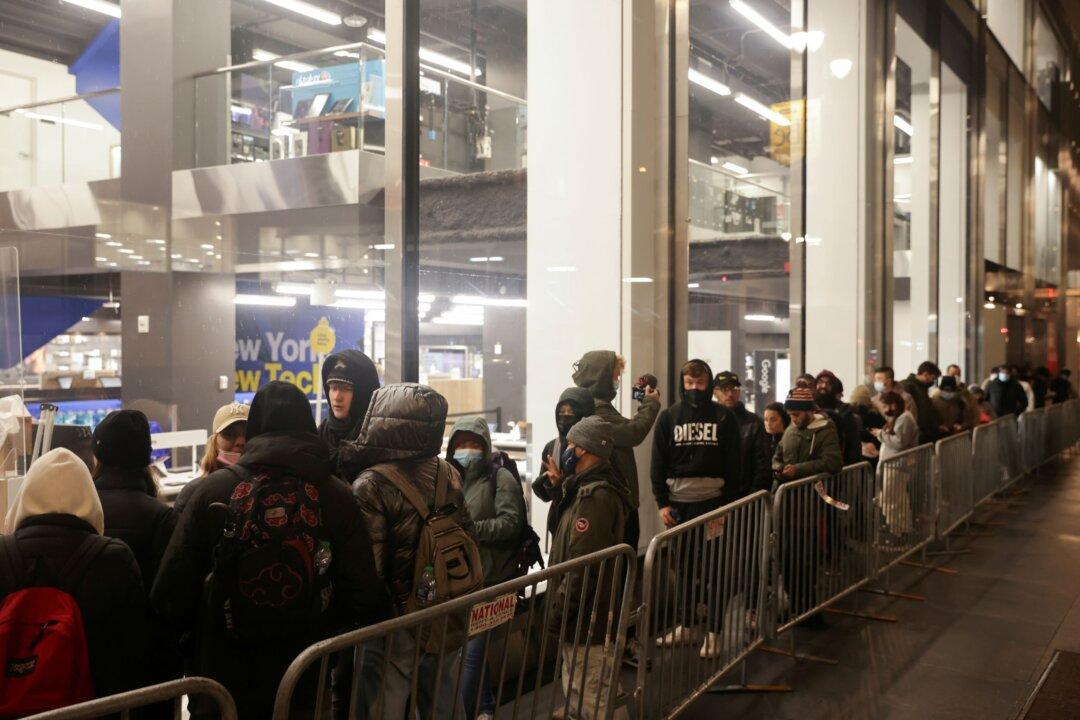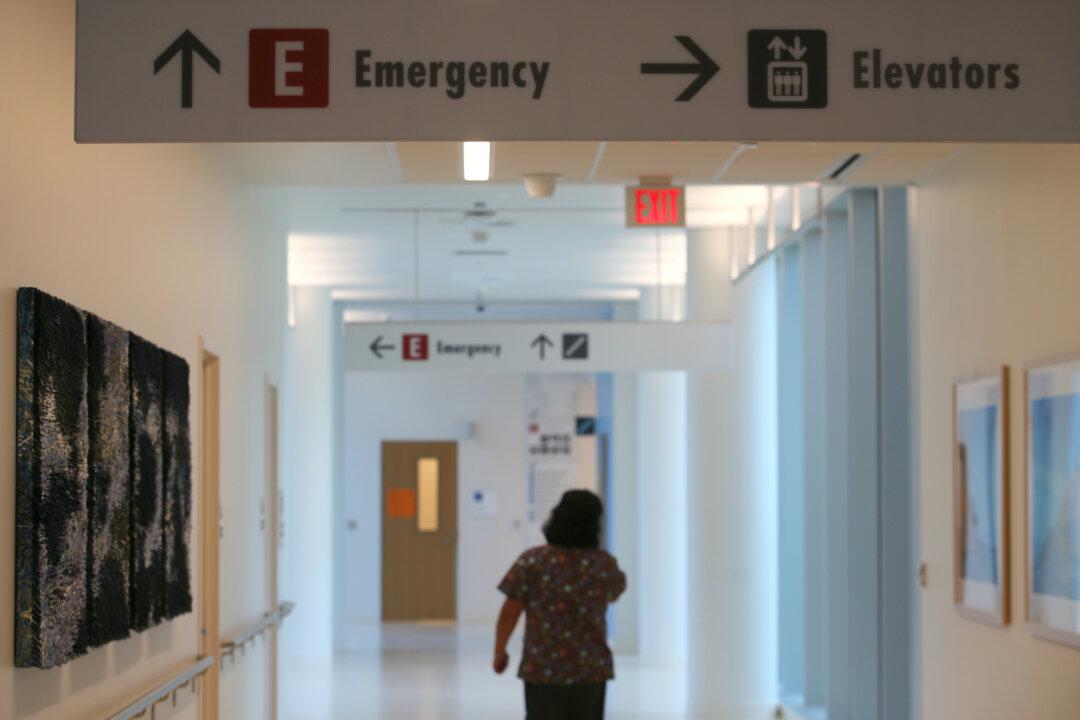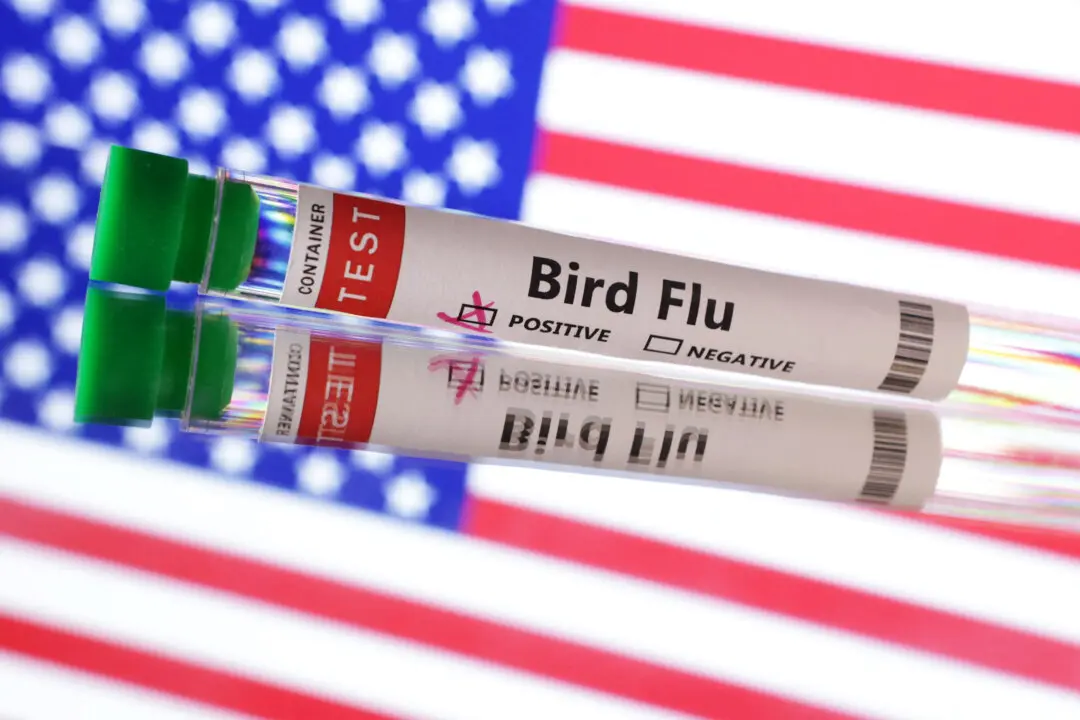CHICAGO—Bargain hunters ventured out in chilly weather to buy Christmas gifts on Black Friday, finding stores less crowded than in years past as major U.S. retailers opened their doors early.
A shift online, COVID-19 fears and less-steep discounts have thinned crowds on the day after the Thanksgiving holiday, which kicks off the year-end shopping season. Many shoppers are also choosing curbside pick-up rather than venturing inside.





